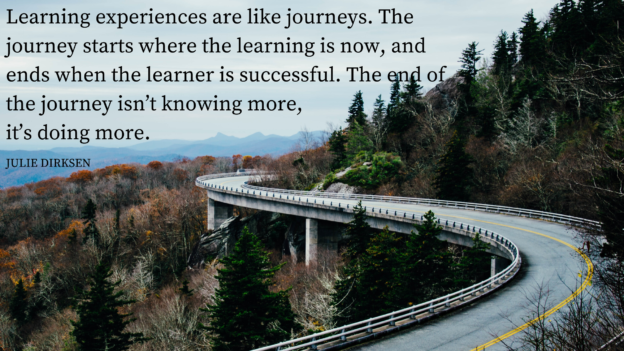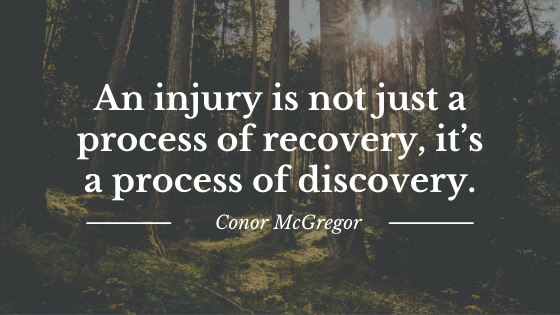It’s been awhile since you’ve been in a classroom, hasn’t it? If you haven’t delivered a class/course/workshop online yet, you’re probably in the minority of active trainers. At the very least, you’ve likely been a participant in a webinar or some other online training.
We’ve gotten used to accessing Zoom or GoToWebinar or Adobe Connect.
We know how to share our screens and conduct polls.
We use a microphone we like (or have tried).
We monitor chat and Q & A closely.
We teach online, live and in-person – just not in the same place as our students.
So why do I feel like something’s missing? I’ve come to realize three things about the difference between live, in-person and live, online instruction that I’d like to share.
- I get very tired when I teach online. At first, I thought it was just me, but after speaking with a number of other trainers I’ve come to the conclusion that online training is exhausting. When I am in a room with a group of people, there is a give and take that occurs as I present and we discuss a topic. I can feed off the energy in the room. I use different kinds of activities to change the pace of instruction. When I teach online, no matter how much I utilize breakout rooms, polls, Q & A, or chat, I am always on. I must maintain a high level of energy to keep students watching and participating.
- I miss seeing students’ reactions. If I am using Zoom Meetings, I can see students’ faces on video if I take the time to look. Most of the time, though, I’m busy presenting and running the class. And let’s face it, not all of our students understand the concept of lighting the face or proper camera angle (I do tell them I don’t want to see ceiling fans). There are times, though, when I’m presenting a webinar with no view of students. In a classroom, I can quickly take in the room and see the students’ reactions to the material I present. I can adjust my delivery based on the expressions or body language I see. I’m grateful for the ability to see faces in the online classroom, but I do miss seeing the non-verbal cues I have often relied on.
- The informal interaction with students is missing. Sure, we have Q & A and chat options available for students to ask questions or comment. I use these functions to create engagement in the online classroom. I have found that people are less likely to ask a more individual question or make comments of a personal nature in an online class. I like fielding questions during a break or after a class because I get to hear other perspectives or help someone understand the material more fully. I miss these informal conversations. I always invite students to connect with me in other ways after the class (email, website, social media), but we lose the immediacy of the need to speak with me as the instructor when the online class ends.
These “realizations” are my observations after several months of teaching online-only classes. Others may share these or not. I am not advocating for an early return to in-person instruction to satisfy my wants and desires.
Online instruction will not go away with the end of the pandemic. With more dispersed workforces and the need to bring current, relevant training to them on a regular basis, online training will continue to be one vehicle we choose to supply that training. These realizations inform how I approach my role as the trainer/teacher in the online space. I need to be aware of them and constantly work to ameliorate their effects on me and the students.









